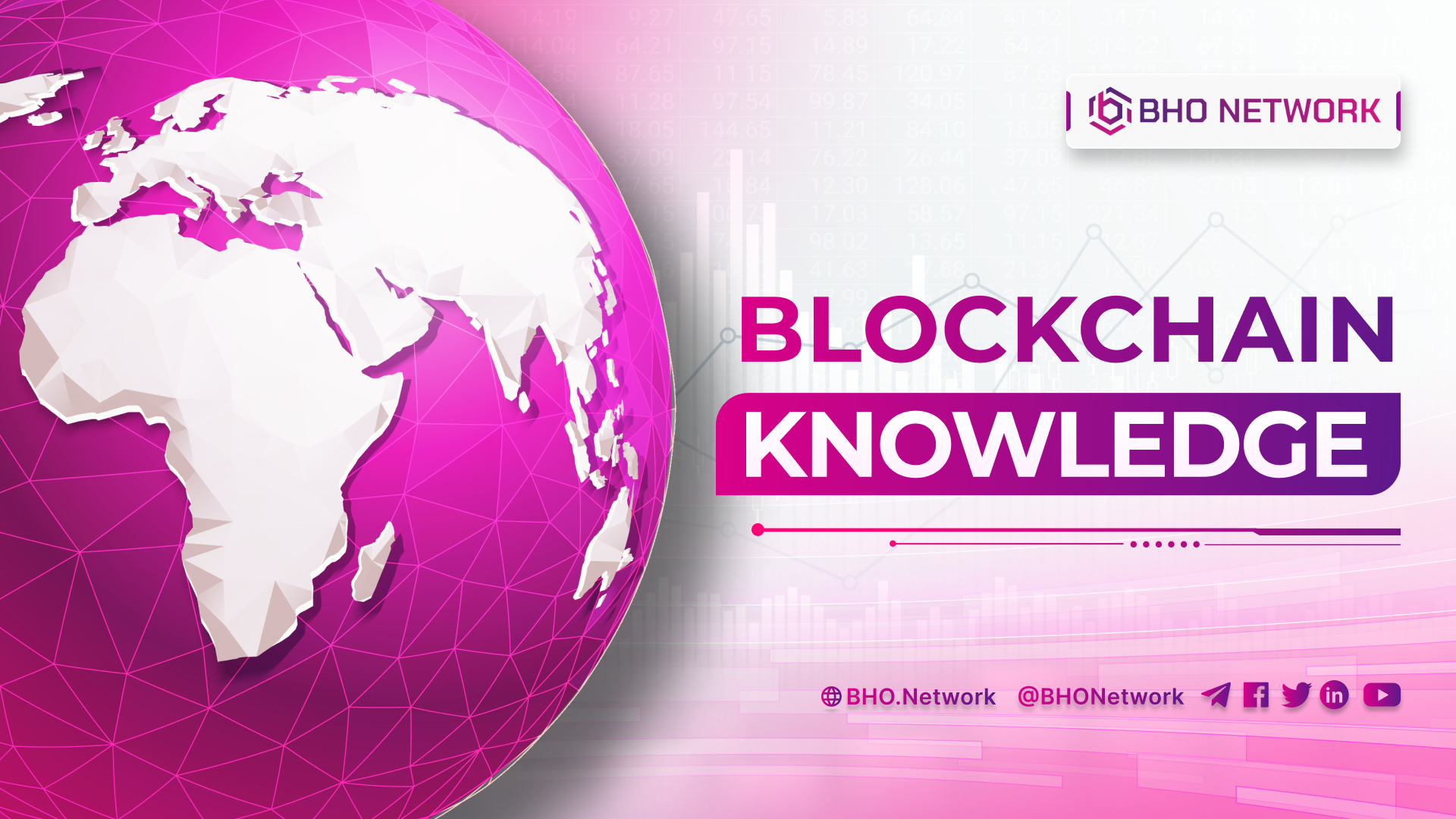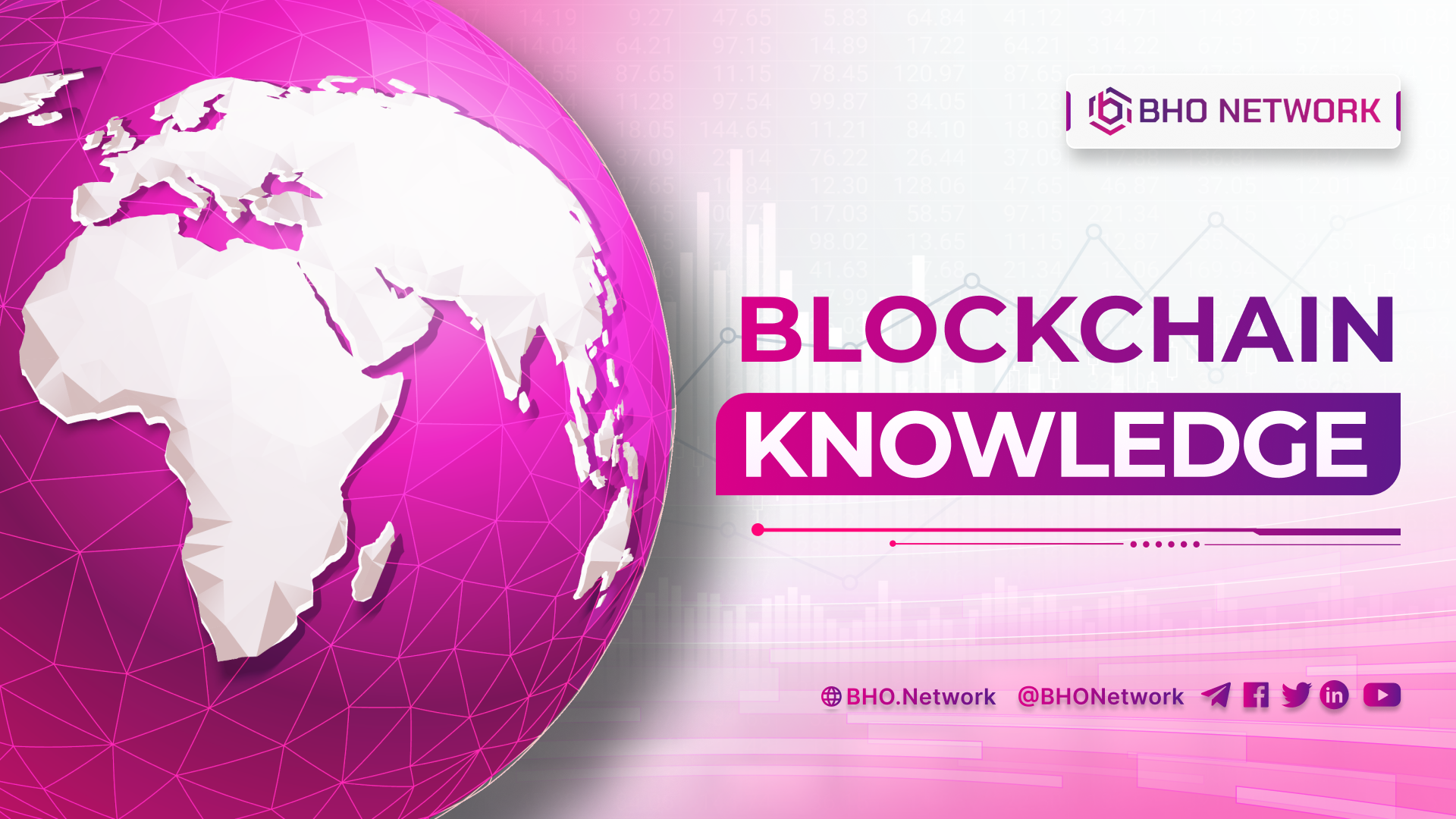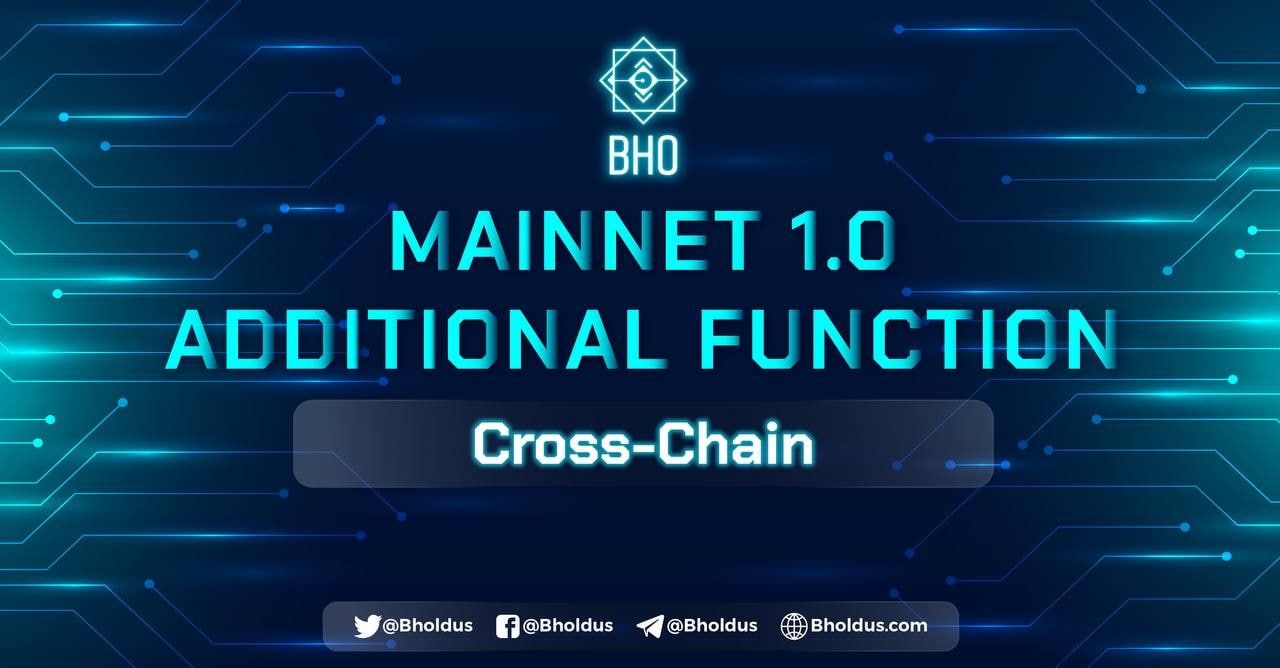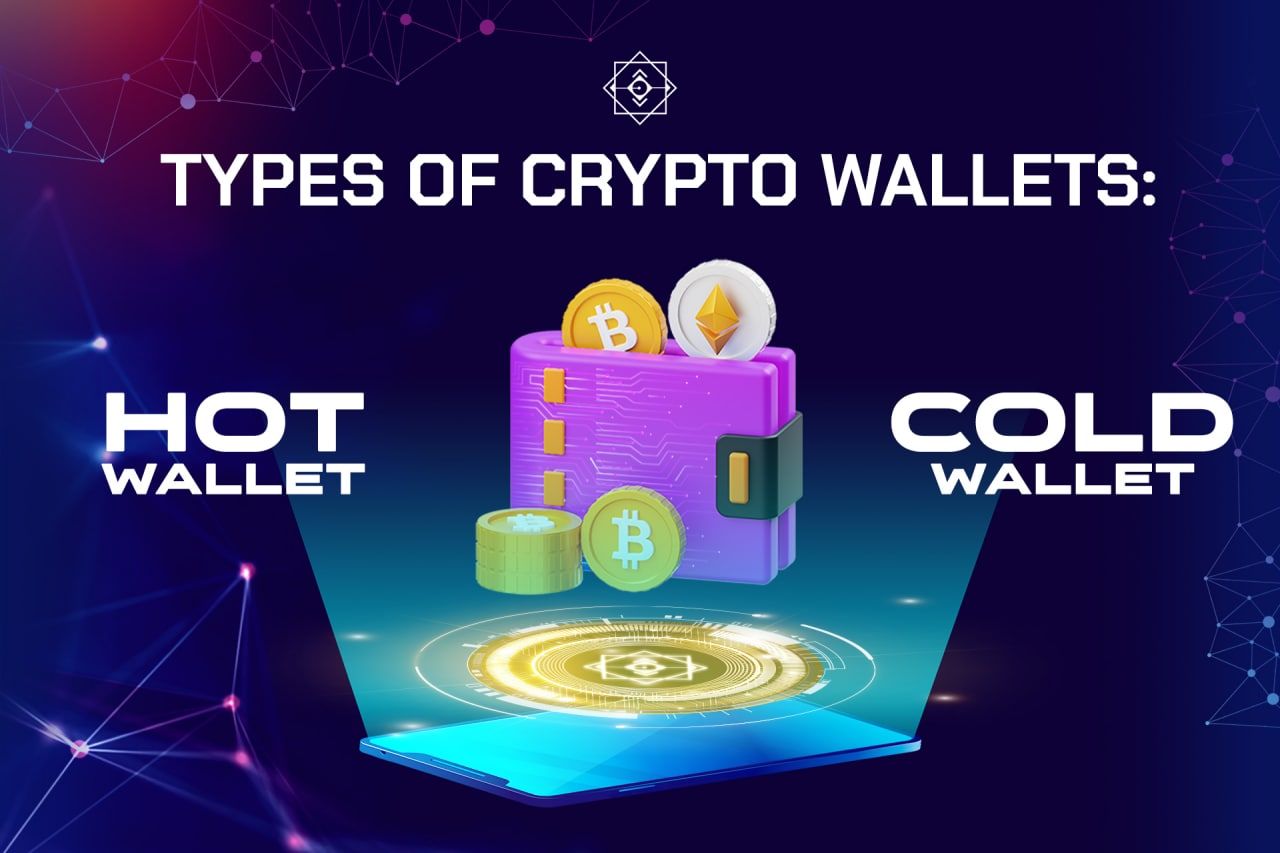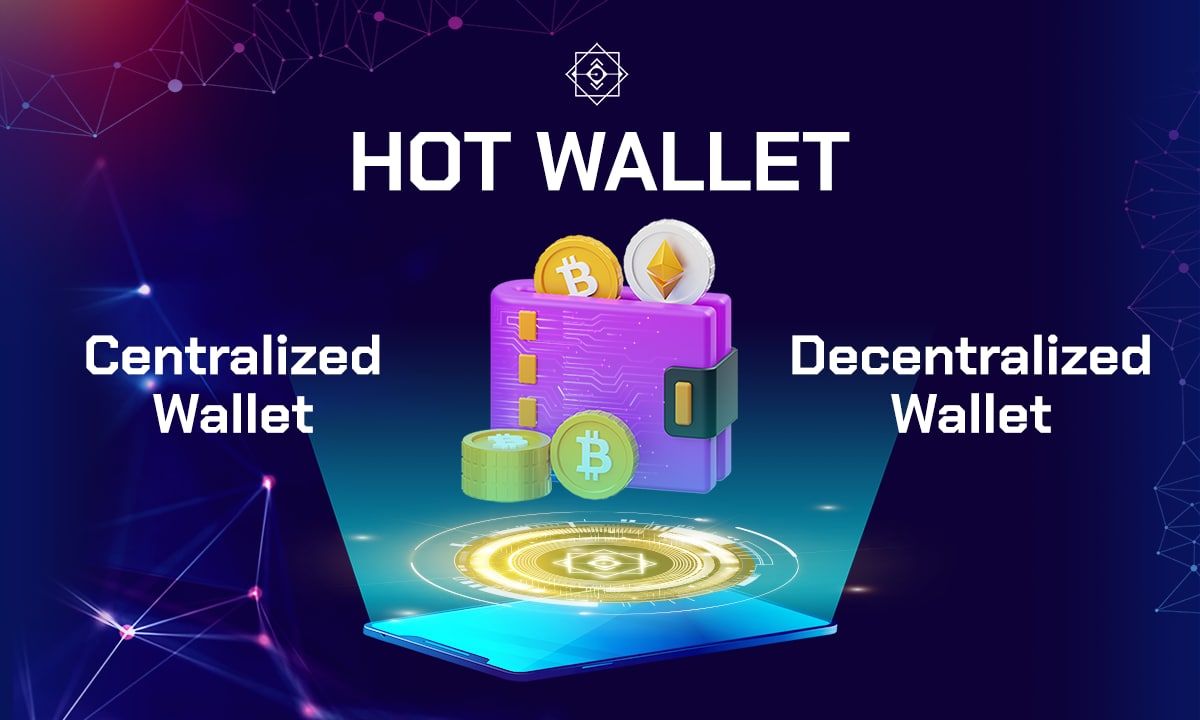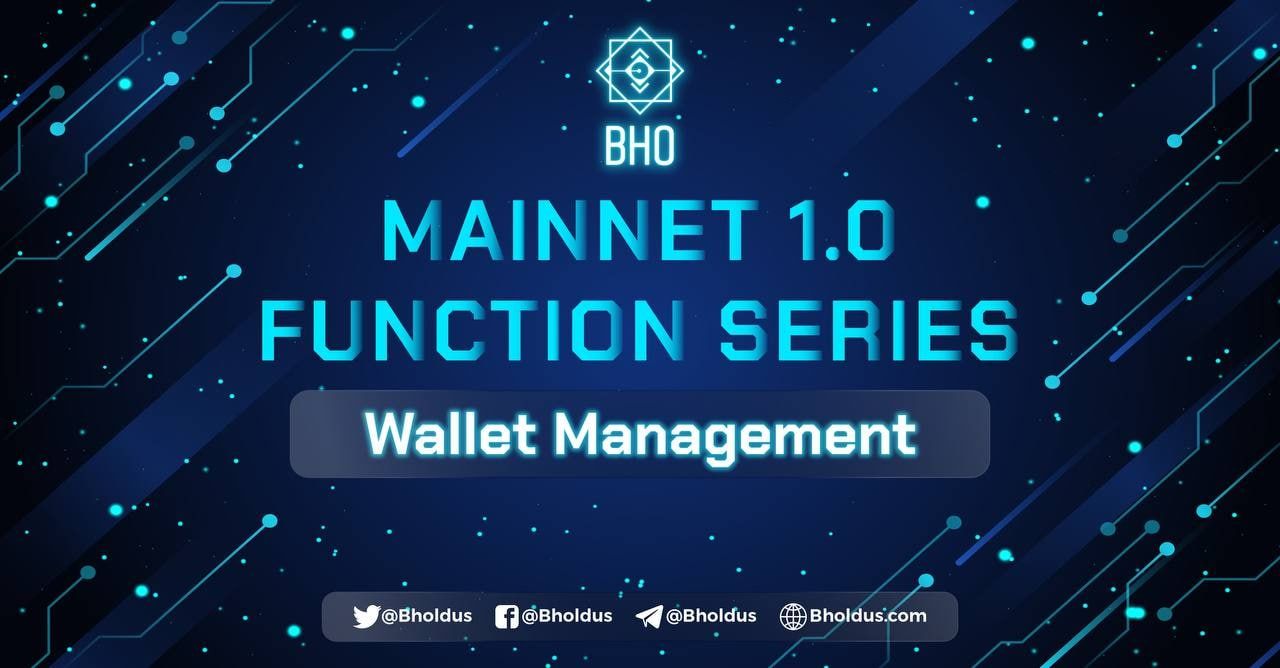- Blog
- Crypto News
- What is Margin Trading? How to Trade Margin for newbies
What is Margin Trading? How to Trade Margin for newbies
- 1. What is Margin Trading?
- 2. Features of Margin Trading?
- 2.1 Advantages
- 2.2 Risks of Margin Trading
- 3. Introduction to Basic Terms in Margin Trading
- 3.1 Leverage
- 3.2 Position
- 3.3 Liquidation Price
- 4. How Margin Trading Works
- 4.1 The nature of operation of Margin Trading
- 4.2 Trade Margin Example
- 5. Should Newbies Use Margin Trading?
- 6. Best Crypto Margin Trading Exchanges
- 6.1 FMX
- 6.2 Bingbon
- 6.3 FTX
- 6.4 Binance
- 7. Tips for trading Margin
- 7.1 Plan your trades before entering
- 7.2 Do not use borrowed capital to enter orders
- 7.3 No DCA with High Leverage
- 7.4 Should use Margin as a way of insurance
What is Margin Trading? How should newbies trade Margin Trading effectively? How to play Margin needs to consider the risks and limitations to achieve the best results. You need to know some tips for this cash flow player. Let's learn about this Crypto term with BHO Network and discover about Margin Trading!
1. What is Margin Trading?
Margin Trading is a form of trading that uses financial leverage, allowing you to buy and sell for more than you have. This will leads to higher returns and, of course, higher risks. It is also a popular tool in the Forex and Stock Market.
2. Features of Margin Trading?
In the cryptocurrency market, with various cash flows being traded daily, choosing a cash flow to trade is confusing for investors. Let's learn and discover the advantages and disadvantages of this type of Margin Trading with BHO Network.
2.1 Advantages
You can only profit by buying low and selling high in regular forex trading. However, with margin trading, you can make a profit regardless of whether the market is rising or falling. At the same time, by using leverage, the amount of capital you can use to enter the trade will be much higher.
2.2 Risks of Margin Trading
It can be seen that the ability to generate high profits compared to the amount of capital you have. In return, you are subject to the increased risk when trading on Margin. During regular trading, you are unlucky to buy high-priced coins, and the coin selling price is much lower than the point of sale. You still have a chance to wait for things to return.
For Margin Trading, if the loss exceeds the liquidation price compared to the entry point sold, you will not have a chance for them to rise again. This is also a disadvantage of margin trading that players need to pay attention to avoid.
Read more: What is stablecoin? Stablecoins classification in cryptocurrency
3. Introduction to Basic Terms in Margin Trading
Before BHO Network guides to play Margin, the following content will help readers understand a few basic terms of this margin trading. You will have three types of trading: Leverage, Position, and Liquidation Price.
3.1 Leverage
Using leverage, you can trade with x times your equity where x is a positive number. For example, if you choose 10x leverage, you can use this leverage 10 times the trading amount of your equity. That is the term Leverage in Margin Trading.
3.2 Position
When playing Margin Trading, two positions are known as "positions": Short Position - short position. If you are short on money, borrow a lot of Bitcoin or Altcoins, sell at the current price for USD, and wait for the price to drop later. When the price of bitcoin goes down, with a dollar amount, buy more Bitcoins, pay the direct exchange (with a small loan interest) and keep the profit.
Long position – buy position: In this position, you borrow a specific USD from the exchange or use the available USD to buy Bitcoin and wait for the BTC price to increase, then sell it to Binance or Huobi Global for a profit.
3.3 Liquidation Price
Liquidation Price if the coin price exceeds this, the exchange system will immediately pay all your coins in that order. This is one of the three terms of Margin Trading you need to pay attention to.
4. How Margin Trading Works
Once you understand “what is Trade Margin” and want to trade with high profits, you need to learn how Margin works immediately. Is the nature of Margin Trading, and how is it different from the flow of cryptocurrency in the Crypto market? Let's discover together with BHO Network.
4.1 The nature of operation of Margin Trading
When executing a LONG/SHORT order, leverage x with capital Y. This means that to complete this LONG/SHORT order, you borrow from the exchange the amount using the formula: (x 1) * Y.
Note: This formula is specified differently for each exchange. You should first check which deck you are playing on.
After closing the LONG/SHORT order, you must return the amount borrowed from the exchange. With 1 rental fee. Order SHORT if you enter LONG/SHORT, but the actual price contradicts your prediction. When the price reaches the auto layout price, the exchange settles to raise funds.
4.2 Trade Margin Example
For example, you have a capital of $10,000, Bitcoin price is at $10,000, and you predict Bitcoin will increase to $11,000. If you usually trade with Spot Trading, you will make a profit of $1,000. But if you want to optimise and increase earnings by 5 times, you should open a LONG order with LEVERAGE 5x.
This means you will create a BUY order at $10,000 with a volume of $50,000. In the best case, if Bitcoin goes up to $11,000, and you close a LONG (sell) position, you will have a profit of $5,000 instead of $1,000 in the regular trade.
5. Should Newbies Use Margin Trading?
Margin Trading is a perfect financial instrument for retail traders. However, you need the knowledge and basic technical analysis skills to analyse price charts with many years of experience and strict discipline to avoid the most significant risk. Fire your account.
6. Best Crypto Margin Trading Exchanges
Each exchange will be a different way of calculating fees, the loan amount, and the settlement price. Investors use any foundation. Please read the regulations of that exchanges carefully before operating. Here, BHO Network will introduce to you 4 reputable exchanges for Margin players as follows:
6.1 FMX
FMX gets its liquidity from FTX, the leading derivatives exchange today, and is confident to be one of the brokers. Liquid Margin can meet the needs of users. Due to the association with FTX, the monetary assets are listed as a derivative trading system on FTX and will fulfil the demand for trend trading.
6.2 Bingbon
Bingbon is probably the best CFD trading platform today with its clean user interface and good support team. In addition to the web version, users are familiar with Bingbon from the mobile application. The advantage of Bingbon, besides enthusiastic support, is constantly updating hot assets for those who participate in the transaction.
6.3 FTX
Despite being a CEX exchange, FTX is known as one of the “leading” derivatives exchanges. Behind FTX is Alameda Research, one of the market makers and a mutual fund. The most famous cryptocurrency support.
In addition to generic derivative-related products, FTX also has Leveraged Tokens. According to many people, buying and selling Leveraged Tokens is complicated. Still, once you get used to it, you will become entirely "addicted" to the risks of significant profits.
From that of regular exchanges, meaning that no matter how much you adjust the leverage, the actual order amount (multiplied by power) remains the same. The difference is only the principal amount. This affects the amount received/lost as the asset's price rises or falls.
6.4 Binance
In the crypto world, perhaps no one is unaware of Binance - one of the leading exchanges today in terms of trading volume and reputation. Although not as well known for derivatives as FTX, futures on Binance are also perfect.
This is often evident when photos of members' earnings are displayed in multiple groups. It has long been known that futures prices on the Binance exchange often have strange "beards," killing many orders regardless of how long or short they are. This incident is also to remind players to be careful.
Read more: What is Liquidity? Definition and types of Liquidity
7. Tips for trading Margin
For those just starting to learn about Margin Trading, this will be the part you look forward to and care about because the experience of longtime players will help you limit making mistakes or losing money when trading. BHO Network will give 4 tips drawn from many experienced players.
7.1 Plan your trades before entering
This is a constant if you want to succeed in regular trading, especially margin trading. You must make a clear, specific trading plan and follow it with discipline. Before entering an order, you need to determine the entry point, take profit, stop loss, win rate,... a lot of things you need to outline in the entry plan.
7.2 Do not use borrowed capital to enter orders
There have been many cases of borrowing money from other people to gamble and burn the account, causing severe consequences for both the borrower and the lender. When playing Margin Trading, consider how much you can lose, and don't put all your money in 1 order.
7.3 No DCA with High Leverage
DCA (Dollar Cost Averaging) or price averaging strategy divides an investment amount into fixed and regular instalments over an extended time. Here is an example to help you visualise DCA with high leverage.
Consolidated sideways market, you buy 1 ETH for $1000. After breaking the predicted resistance price will enter a bullish solid zone, so you continue to buy at $1400. You are taking on more risk with low leverage. Therefore, be balanced and stick to the plan that you have set.
7.4 Should use Margin as a way of insurance
How to play Margin effectively? For IDO: If you buy Tokens from the IDO platform to participate without thinking that the Token will increase in the future. You are also afraid of the price falling leading to a loss if you do not access the IDO slot, then cut this Token after buying with orders of equal value (leverage calculation).
The price will increase, the spot buy position participating in the IDO will become profitable, and the short part will be negative. If the Token price falls, the long spot position loses profit, and the short piece is cheerful. Anyway, the earnings from both classes will be equal, and you will not lose money when participating in IDO or buying Tokens to farm, but not in the long run.
Related posts:
- What is Bitcoin Halving? Everything about the BTC
- What is STO (Security Token Offering)? A details guide
Above is useful information about what is Margin Trading and how to play Margin for beginners that BHO Network has compiled. We hope readers can master the information about margin trading, its benefits and the most successful trading. If you have any questions, please contact BHO Network.
Published on February 14, 2022
Tagged topics
